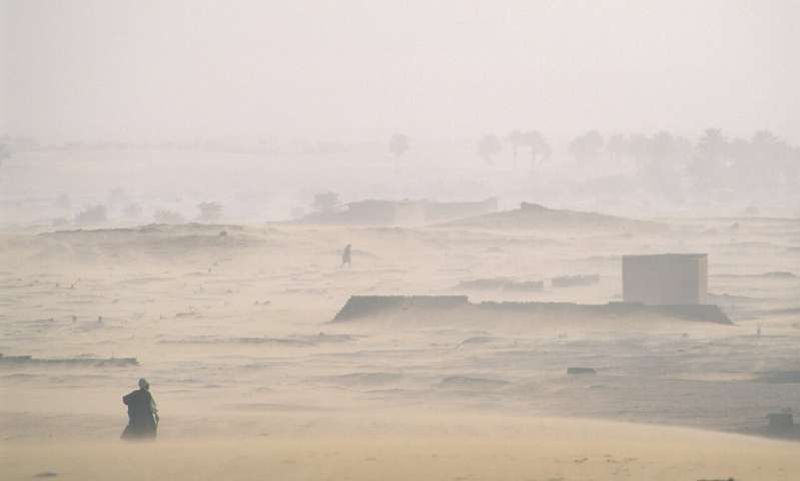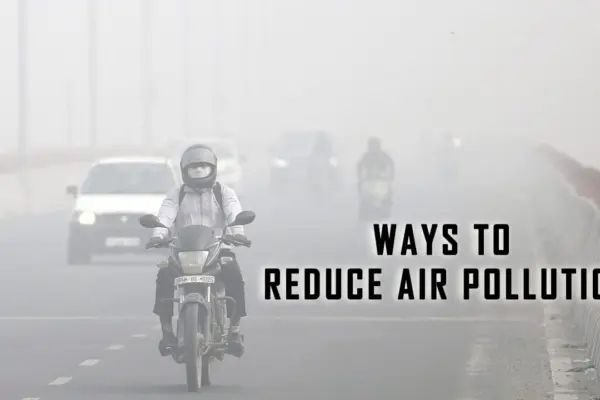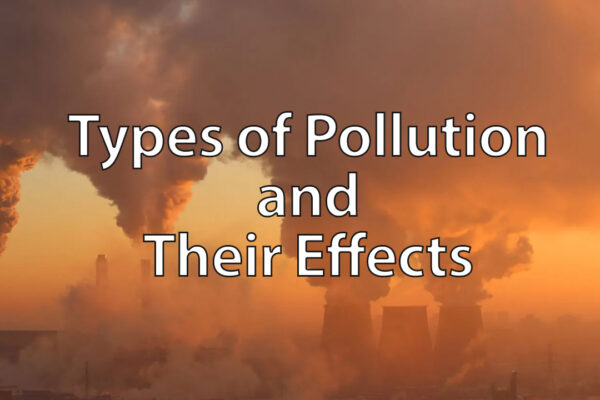Study Reveals Dust Pollution and Infant Mortality Correlation in Sub-Saharan Africa
Impacts of pollution on health are critical and can lead to many health issues. Dust and air pollution are a growing risk to infants and children in many parts of the world. A Stanford-led study has revealed the correlation of dust pollution traveling miles from the Sahara Desert have a direct impact on infant mortality rate in Sub-Saharan Africa.

Image: George Steinmetz
Published in journal Nature Sustainability, the paper states how climate change might intensify or mitigate the problem. The study apparently points to striking solutions as well, to reduce dust pollution that could be more effective and affordable than current methods, thereby improving child health.
Study senior author Marshall Burke, an associate professor of Earth system science in Stanford’s School of Earth, Energy & Environmental Sciences Africa, said,
Africa and other developing regions have made remarkable strides overall in improving child health in recent decades, but key negative outcomes such as infant mortality remain stubbornly high in some place. We wanted to understand why that was, and whether there was a connection to air pollution, a known cause of poor health.
Children under the age of five are particularly vulnerable to the tiny particles of air pollution that can adversely affect health, including lower birth weight and impaired growth in the first year of life. In developing areas, exposure to high levels of air pollution during childhood is estimated to reduce overall life expectancy by 4-5 years on average.
To separate the effects of air pollution exposure, the Stanford-led study emphasizes on dust carried for thousands of miles from the Bodélé Depression in Chad – the largest source of dust emissions in the world.
This dust is a regular presence in West Africa and, to a lesser extent, across other African areas. The researchers evaluated 15 years of household survey from 30 countries across Sub-Saharan Africa covering nearly 1 million births. Combining birth data with satellite-detected changes in particulate levels driven by the Bodélé dust provided a glimpse of poor air quality’s health impacts on children.
It was found that around 25 percent growth in local annual mean particulate concentrations in West Africa causes an 18 percent rise in infant mortality. A 2018 paper by the same researchers had found that exposure to high particulate matter ratio in Sub-Saharan Africa resulted in about 400,000 infant deaths in 2015 alone. The findings of both studies proved that air pollution is a critical determining factor for child health across the globe.
Climate change is also a contributing factor to air pollution, for instance, the concentration of dust particulate matter around Sub-Saharan Africa is highly dependent on the amount of rainfall in the Bodélé Depression.
The researchers have calculated a range of possibilities for Sub-Saharan Africa that could result in anywhere from a 13 percent decline in infant mortality to a 12 percent rise owing to the changes in rainfall over the desert. It is predicted that future changes in rainfall over the Bodélé region because of climate change are highly undetermined.
Protecting children from air pollution gets a bit difficult in many developing regions. The researchers suggest searching the possibility of dampening sand with groundwater in the Bodélé region to stop it from getting into the atmosphere. Installing solar-powered irrigation systems in the desert area could avert 37,000 infant deaths per year in West Africa.
Via: Phys.org


